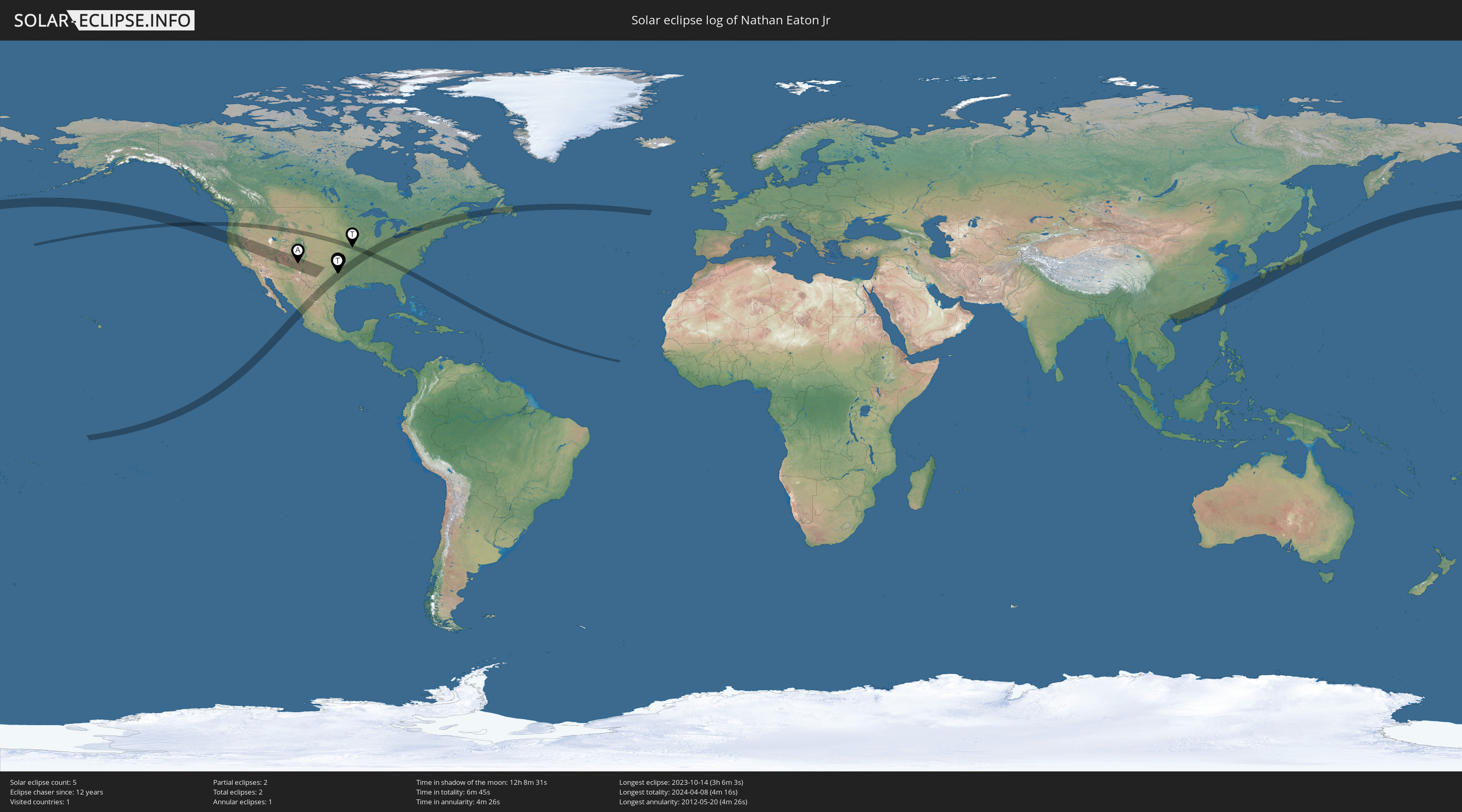Well, the first thing that came to mind seeing news headlines about The Green Comet was a flashback to the 60s TV show The Green Hornet staring Bruce Lee. :-)
Seriously, this has been a newsworthy comet. While it wasn't bright enough to be seen except under very dark skies and/or with optical assistance like a telescope, as you know if you've followed the news, it is a singularly unique solar system visitor. Check out sites like EarthSky.org for more details and some of the more interesting images.
For my part, I had hoped to capture comet C/2022 E3 (ZTF) with my rig (Evostar 72ED on a Star Adventurer tracker, using a Nikon D750). Unfortunately, the North Texas weather hasn't cooperated. Last week when it was at its closest to Earth (and at its brightest magnitude), we were in the throes of a winter storm. By the time we had a night with relatively clear skies on Friday night, we also had a nearly full Moon. It was also still very cold outside. If it had been a moonless night, I'd have packed things up and headed out east of town to darker skies to shoot but since I knew the Moon was going to make it hard to get really good shots, I just set up in my backyard. At least I could duck inside from time to time to warm up.
Here is the result. See below for more on how it was created.
.png) |
| Comet C/2022 E3 (ZTF) captured in my backyard February 3rd, 2023 |
Between the light pollution and the glare of the Moon, it was hard for me to pull out much detail but you can at least see the dim fuzzball of the comet's core. The comet was in a region of the sky without any bright stars but the few brighter ones on the right side of the image are in the constellation Camelopardalis.
Still, it was time well spent. It was the first time I've gone through the process of capturing what are called calibration frames (bias, darks, flats), additional shots taken to improve astrophotography images by accounting for things like sensor noise and dust. It is also the first time I have processed using calibration frames; I took 100 images (20 seconds each) and post-processed them and the calibration frames using a software tool called Siril and then finished in Photoshop.
Capturing a comet is often tricky since it is moving at a different rate than the stars. Using a star tracker (vs. a telescope mount), my only choice was to track the stars and hope to be able to post-process the comet and stars separately then combine them afterwards. I did that but it took a long time and many tries just to get the results above. I wish I had more data but longer exposures weren't possible since the histogram showed that any longer than 20 seconds at ISO 3200 would have resulted in clipping (i.e., the blue was almost lost to the right side at 30 seconds). On top of that, the comet would have blurred if I used too long an exposure given how fast it was moving.
One of the other tools I learned how to use is Astrometry.net which can do something called plate solving, taking an image and finding where in the sky it is a view of. Here is the results of plate solving using one of the images used to create the shot above. I find this raw, astrometrically-labeled view an interesting alternative version of my night's labors since the comet (though not green) stands out a bit more.
 |
| The three dots and labels represent stars in the constellation Camelopardalis identified using plate solving on astrometry.net |
Anyway, the next time I am shooting a dim fuzzy (hopefully without the Moon up and away from city light pollution), I'll have had some practice and expect to be able to produce much better results.
Stay tuned...
Click on an image to see full-screen.





















No comments:
Post a Comment